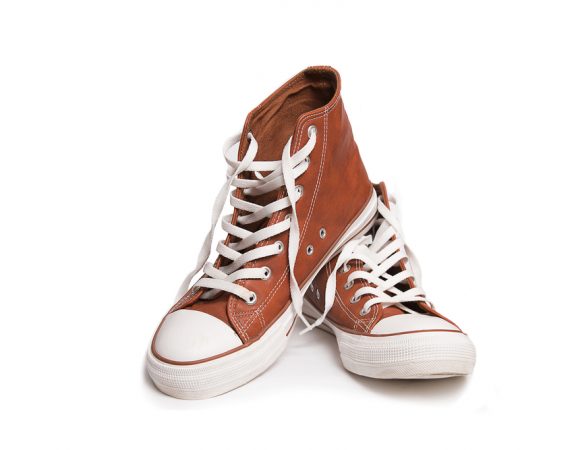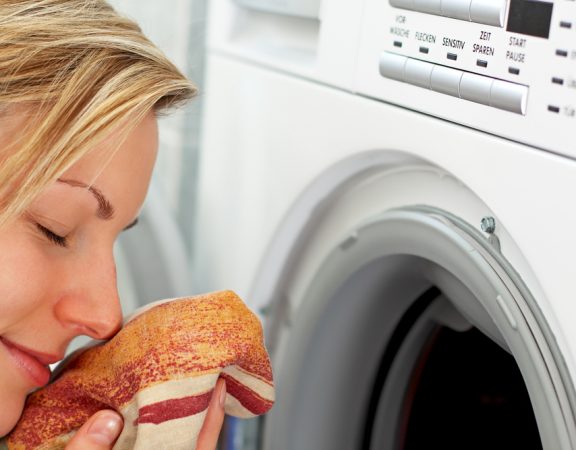Remove that Unsightly Underarm Shirt Stain

Do’s and Don’ts: Laundromat Etiquette
November 15, 2014
Difference Between Dry Cleaning and Washing
December 15, 2014Remove that Unsightly Underarm Shirt Stain
Sweating is a part of life but it doesn’t also have to leave a stain on your clothes. Unsightly yellow underarm shirt stains are caused by a combination of perspiration and deodorant. Perspiration stains your clothes yellow because when you sweat your body is naturally getting rid of toxins, oil and minerals.
Sweat is not yellow in color but clear when it leaves the body, however when sweat reaches the skin’s surface, bacteria on the skin metabolize the fats and oils in the sweat that produce the odor associated with it. When these chemicals mix with deodorants and antiperspirants that contain aluminum salts the result is a yellow stain. If salts are combined with laundry detergent, especially in cooler water settings, they are not easily dissolved, so often the stain remains on the fabric. To remove these stains, even old one, first soak the shirts in hot water, at least 100 degrees F, with an enzyme pre-soak product or rub the soiled area with white vinegar or a detergent booster or bleach. Always wash the clothing in the hottest water that is safe for the fabric, normally 100 degrees F to 130 degrees F. If the stain still remains, try an alternative method of dampening the clothing and then sprinkle the stain with meat tenderizer. Yes, that’s right meat tenderizer because it will break down the remaining salts and oils. Let the shirts sit for about an hour, and then wash them. Since not sweating is usually impossible, the best way to avoid yellow underarm stains from forming, is to always wash the shirts in the hottest water safe for the fabric. For discolored synthetics that cannot be bleached, soak the shirt in a product containing enzymes or a detergent booster then wash it. Also, allow the antiperspirant to dry completely before getting dressing to help reduce the chemical reaction between its chemicals and sweat.




